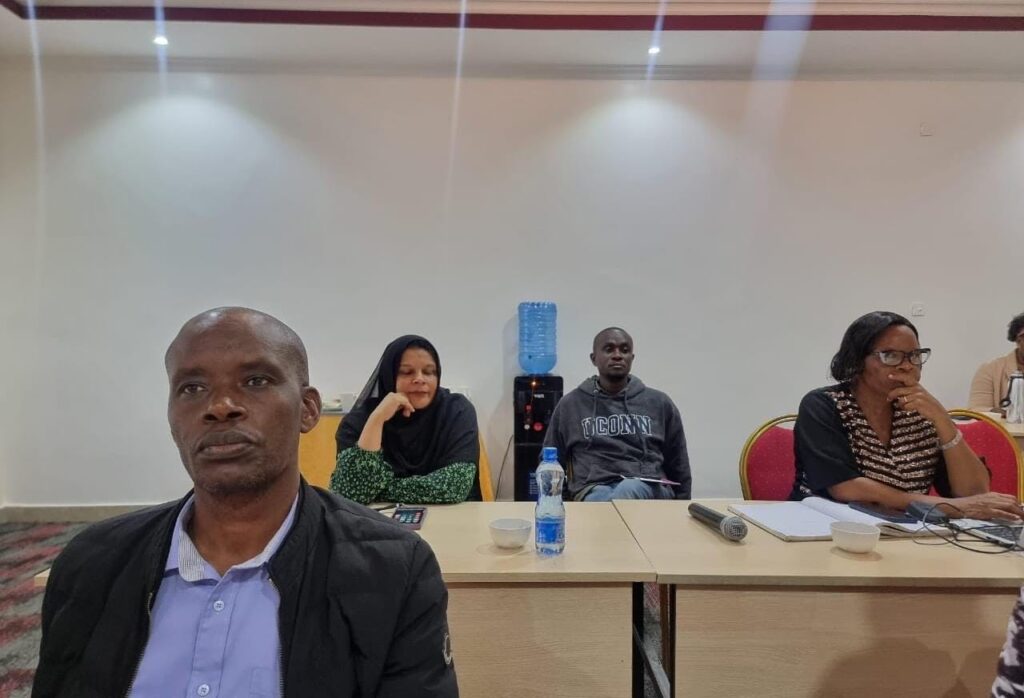Kenya has unveiled the HIV Prevention Operational Plan 2025/2026, a comprehensive framework aimed at accelerating the country’s journey towards ending new HIV infections. The initiative marks a significant step forward in the national HIV response, combining scientific innovation, human rights principles, and community-led action.
The plan emphasizes a combination prevention approach, integrating both proven and emerging tools to expand protection options for Kenyans. These include traditional methods such as condoms, as well as cutting-edge biomedical innovations like the dapivirine vaginal ring, the long-acting injectable cabotegravir (CAB-LA), and the newly introduced twice-yearly Lenacapavir injection.
Implementation will begin in ten priority counties that collectively account for more than half of new HIV infections nationally. These counties have been identified as high-burden areas where intensified efforts can yield the greatest impact. The phased rollout will focus on expanding access to HIV prevention tools among eligible and vulnerable populations, including individuals in closed or high-risk settings.
A central pillar of the plan is capacity building. The Ministry of Health is equipping healthcare professionals with the knowledge and technical skills necessary to deliver the next generation of HIV prevention services. Ongoing training programs for national-level trainers are preparing facilitators to oversee the safe and effective use of new interventions such as Lenacapavir and CAB-LA.
The plan also reinforces Kenya’s commitment to HIV prevention as a fundamental human rights and sustainability priority. By investing in innovation and building strong partnerships with communities, development partners, and county governments, Kenya is positioning itself as a leader in Africa’s fight against HIV.
With this operational plan in place, Kenya is setting a new benchmark in HIV prevention — blending scientific progress with inclusive, community-centered strategies to protect future generations from new infections and sustain progress towards ending AIDS as a public health threat by 2030.

